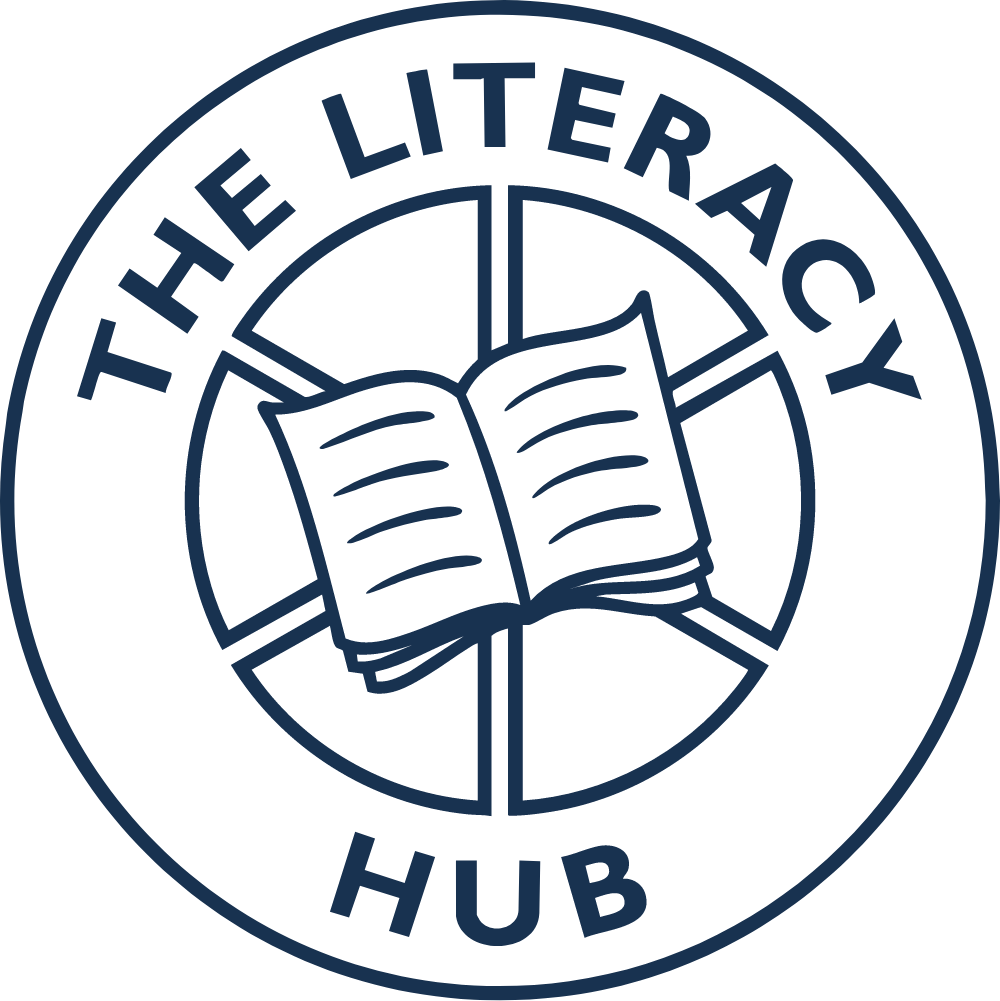Dyslexia – A Very Short Introduction
Dyslexia – A Very Short Introduction
by Margaret J. Snowling
An excellent introduction to the causes of dyslexia by a leading UK expert.
Although labelled as ‘A Very Short Introduction’, this book is actually a pretty dense 130 pages (excluding references). It is packed with information, and not at all ‘dumbed down’ for the novice. Written by Professor Maggie Snowling, one of the leading experts on dyslexia in the UK, it is an impressively concise and clear introduction to dyslexia.
What it’s about
The book examines dyslexia from various perspectives: the history of dyslexia, dyslexia in different languages, dyslexia in the context of learning to read, causes of dyslexia, the neuroscience of dyslexia, and – fairly briefly – ‘what works’ to support people with dyslexia. Snowling draws on a vast array research studies to answer specific questions about these areas.
The first chapter looks at the concept of dyslexia in a historical context, from the early concept of ‘word blindness’ to the difficulty pinning down a definition of dyslexia, and it addresses the question of whether ‘dyslexia’ is a myth – a topic that the author returns to in the final chapter.
The second chapter introduces the main stages of reading development and the skills involved in reading. Snowling uses three (invented, I assume) case studies to illustrate how dyslexia can affect individuals at different stages of development and in different ways.
The main content of the book (Chapters 3, 4 and 5) addresses the causes of dyslexia; cognitive, genetic, environmental or neurological. Snowling focuses primarily on difficulties with phonological processing as a cause of dyslexia, but she introduces many other influential factors, and also dismisses some theories that are not supported by the evidence. The complex interactions between all these different influences are briefly discussed in the final chapter (Chapter 7).
Chapter 6 is titled ‘What works for dyslexia?’ and briefly addresses practical questions such as screening, diagnosis and interventions. It also debunks various unproven treatments.
Who is it for?
Although this book is short, clear and well-written, it’s by no means an easy read, as every paragraph is dense with information. It’s written in a fairly academic style, with a strong focus on research. Therefore, I would highly recommend this to students who are specialising in specific learning difficulties, or teachers who have a strong interest in the underlying causes of dyslexia and debates surrounding dyslexia. However, for parents or teachers who are looking for practical support for dyslexic pupils, this book doesn’t go into much depth about how to support individuals with dyslexia, so it probably isn’t the best book for you.

